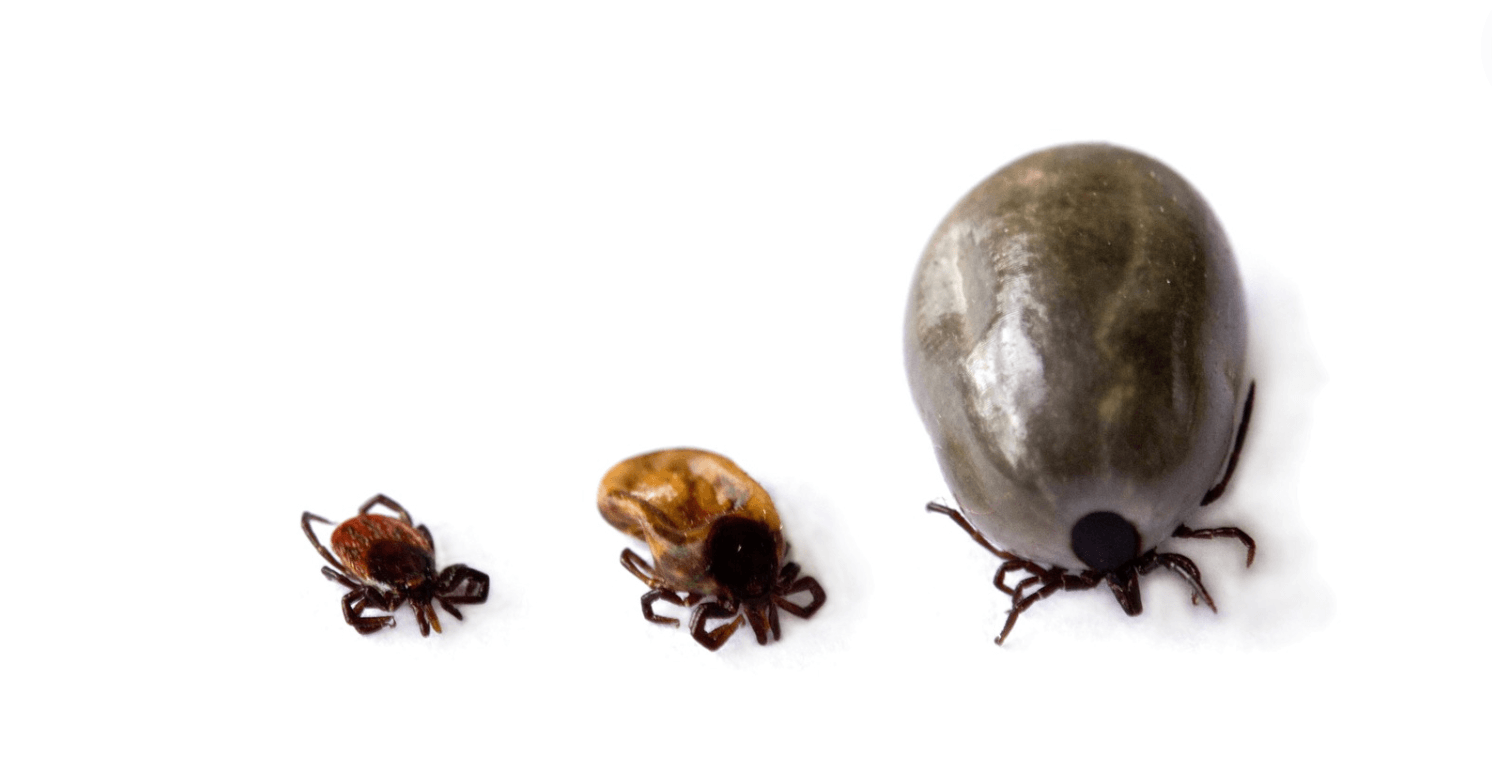Sorry about that! It looks like we’ve run out of stock for that product. Sign in below and we’ll send you an update when it’s back in stock.
20% DISCOUNT on your first order! Use the discount code "IMNEW20" at checkout!
As the warmer months approach, more time spent outdoors means increased encounters with ticks—those tiny, blood-sucking arachnids that can pose serious health risks to both you and your pets. Among the most concerning of these risks is Lyme disease, a bacterial infection transmitted by ticks that can have severe consequences if left untreated. This guide will equip you with the knowledge you need to protect your pets and yourself from ticks and the dangers they carry.
We also have covered other important areas in these articles:
What Are Ticks?
Ticks are small parasitic arachnids commonly found in grassy, wooded, and humid areas. They attach themselves to the skin of humans and animals to feed on blood. Although ticks can be active throughout the year, they are most prevalent during the warmer months, from spring to autumn.

In the UK, ticks thrive in environments that provide easy access to potential hosts. You'll commonly find them in:
Are Ticks Dangerous? The Risks of Lyme Disease
Lyme disease is the most common tick-borne illness and is primarily transmitted by the black-legged tick, also known as the deer tick. This bacterial infection can cause a range of symptoms in both humans and pets, and if left untreated, it can lead to severe complications.
Symptoms of Lyme Disease in Humans:
Symptoms of Lyme Disease in Pets:
Prompt detection and treatment with antibiotics are crucial for preventing long-term health issues in both humans and pets.

Pets, especially dogs, are at high risk for tick bites and Lyme disease. Here’s how you can protect them:
How to Protect Yourself from Ticks
Avoiding tick bites is the best way to prevent Lyme disease. Here are some steps to protect yourself:
Ticks can attach to any part of the body, but they prefer hidden, warm areas. Be sure to check:
Proper Tick Removal
If you find a tick on yourself or your pet, remove it quickly and safely:
Conclusion
So, are ticks dangerous? Absolutely. Ticks and Lyme disease are serious concerns for anyone who enjoys the outdoors. By staying informed and taking preventive measures, you can significantly reduce the risks for both your pets and yourself. Regular checks, preventive treatments, and proper tick removal are essential steps to keep you safe and allow you to enjoy nature without worry.
Stay vigilant, stay informed, and keep your loved ones safe from ticks and Lyme disease with products like the Tick Twister for effective removal, Billy No Mates from CSJ for natural tick prevention, and neem oil as a versatile, natural repellent.